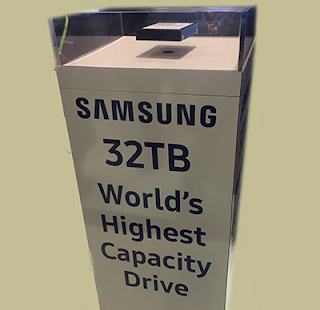Worldwide revenues from public cloud services reaching more than $195 billion in 2020 -- more than double the $96.5 billion in revenues forecast for 2016, according to an updated Worldwide Semiannual Public Cloud Services Spending Guide from International Data Corporation (IDC). This represents a compound annual growth rate (CAGR) of 20.4% over the 2015-2020 forecast period. The study quantifies public cloud computing purchases by cloud type for 20 industries across eight regions and 54 countries.
 Cloud software – the service enablement of products in all three primary software markets: applications as a service, system infrastructure software (SIS) as a service (which combine to form SaaS), and application development and deployment (AD&D) or platform as a service (PaaS) – was responsible for 83.7% of all public cloud revenue in 2015, with the remaining 16.3% belonging to infrastructure as a service (IaaS). However, Infrastructure as a Service (IaaS) and Platform as a Service (PaaS) revenues are forecast to grow at a faster rate than SaaS, expanding their share of overall revenues in the process.
Cloud software – the service enablement of products in all three primary software markets: applications as a service, system infrastructure software (SIS) as a service (which combine to form SaaS), and application development and deployment (AD&D) or platform as a service (PaaS) – was responsible for 83.7% of all public cloud revenue in 2015, with the remaining 16.3% belonging to infrastructure as a service (IaaS). However, Infrastructure as a Service (IaaS) and Platform as a Service (PaaS) revenues are forecast to grow at a faster rate than SaaS, expanding their share of overall revenues in the process.
The United States will be the largest market for public cloud services, generating nearly two thirds of total worldwide revenues throughout the forecast, followed by Western Europe and Asia/Pacific (excluding Japan)(APeJ). Latin America and APeJ will experience the greatest revenue growth over the forecast period, while all eight regions are forecast to see revenue growth greater than 100% over the next five years.
"Cloud software will significantly outpace traditional software product delivery over the next five years, growing nearly three times faster than the software market as a whole and becoming the significant growth driver to all functional software markets," said Benjamin McGrath, senior research analyst, SaaS and Business Models. "By 2020, about half of all new business software purchases will be of service-enabled software, and cloud software will constitute more than a quarter of all software sold."
http://www.idc.com/getdoc.jsp?containerId=IDC_P33214
 Cloud software – the service enablement of products in all three primary software markets: applications as a service, system infrastructure software (SIS) as a service (which combine to form SaaS), and application development and deployment (AD&D) or platform as a service (PaaS) – was responsible for 83.7% of all public cloud revenue in 2015, with the remaining 16.3% belonging to infrastructure as a service (IaaS). However, Infrastructure as a Service (IaaS) and Platform as a Service (PaaS) revenues are forecast to grow at a faster rate than SaaS, expanding their share of overall revenues in the process.
Cloud software – the service enablement of products in all three primary software markets: applications as a service, system infrastructure software (SIS) as a service (which combine to form SaaS), and application development and deployment (AD&D) or platform as a service (PaaS) – was responsible for 83.7% of all public cloud revenue in 2015, with the remaining 16.3% belonging to infrastructure as a service (IaaS). However, Infrastructure as a Service (IaaS) and Platform as a Service (PaaS) revenues are forecast to grow at a faster rate than SaaS, expanding their share of overall revenues in the process.The United States will be the largest market for public cloud services, generating nearly two thirds of total worldwide revenues throughout the forecast, followed by Western Europe and Asia/Pacific (excluding Japan)(APeJ). Latin America and APeJ will experience the greatest revenue growth over the forecast period, while all eight regions are forecast to see revenue growth greater than 100% over the next five years.
"Cloud software will significantly outpace traditional software product delivery over the next five years, growing nearly three times faster than the software market as a whole and becoming the significant growth driver to all functional software markets," said Benjamin McGrath, senior research analyst, SaaS and Business Models. "By 2020, about half of all new business software purchases will be of service-enabled software, and cloud software will constitute more than a quarter of all software sold."
http://www.idc.com/getdoc.jsp?containerId=IDC_P33214
















